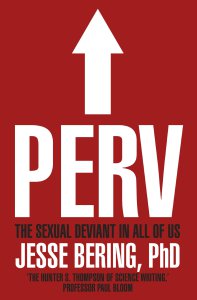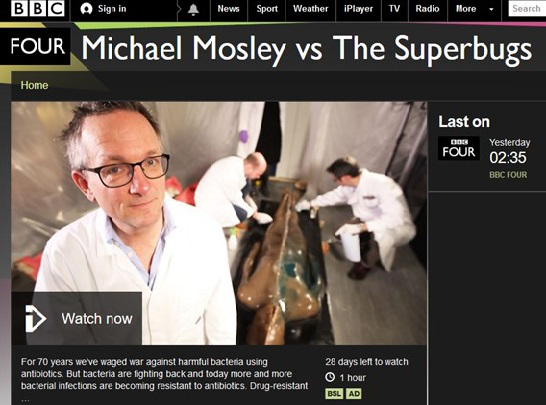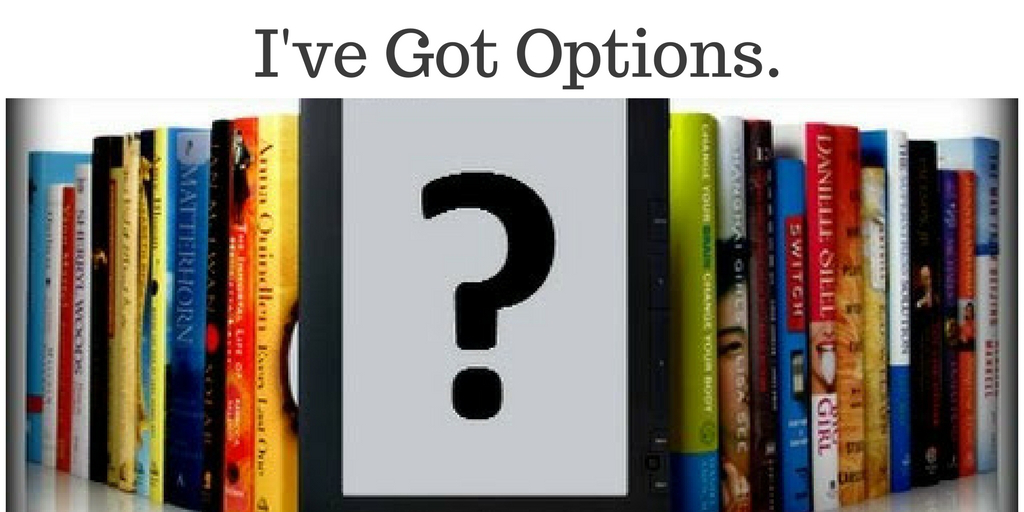“You are a sexual deviant. A pervert, through and through. Now, now, don’t get so defensive. Allow me to explain.”
Jesse Bering: Perv – The Sexual Deviant in All of Us
What is Jesse Bering’s Perv about?
To put it plainly, the Perv explores the normalcy of what we perceive as abnormal in sexual behaviour and/or desires and it takes abnormal from the equation.
One of the best covers ever shows even more plainly what the book is about. Imagine yourself reading this book on a bus and you’ll get what it’s all about.

Why I liked the Perv?
Bering uses documented paraphilias (a whole bunch of them) to illustrate the impossible malleability of human sexuality. He cites numerous studies, and describes practices of curing paraphilias and homosexuality throughout history. He does this in a way that made me completely numb to the word “normal” – the word I have learnt to detest because it is usually coupled with unspoken bias.
I’ve always felt that, as long as no one is harmed physically or psychologically, the “anything goes” principle should be applied. My belief, I have to admit, was tested throughout the book, but I concluded my reading experience with: I do not have to be able to internalize it to accept it.
The scientific reconstruction (or deconstruction?) of what we perceive as “natural” and “normal” is what made me fall in love with sociology; the impassionate approach to things people feel strongly about but fail to explore with a cool head. Perv might seem light on occassion, but the cool is always there.
Why I did not like Perv enough to give it five stars?
It’s easy to read (and like) a book which pretty much tells you you’re right. Despite those parts which tested my open-mindedness, reading this book felt like a friendly pat on the back. “You’re so evolved in your thinking! So cool! Here, have this study which proves you’re right.” This, of course, has nothing to do with the quality of the book itself, but I feel it dulled my ability to be objective and it put the book at 4.5 stars.

While I honestly enjoyed Bering’s witticisms and puns and I found it very pleasing to laugh hysterically at his sarcastic commentary, at times I found it to be a bit too much – bordering on judgemental. Here comes the illogical part of my four-star review. Part two. I love a bit of nonPC humour. I do. But I could not stop myself from thinking about an imaginary person; let’s call him John Smith.
John decided to pick up the Perv. John is ok with gay people. I mean, he’s still struggling to abandon the “let them do what they want behind a closed door” maxim. But he’s trying because his best friend in the world turned out to be – gay. I do not see John making it through the first chapter of the book.
Yes, this book has been written for a specific target audience. The cover and the title make it blatantly obvious and the way in which it is written only serves to confirm it. And yes, there are probably books out there intended for the audience to which our John gravitates to. But hey, it’s my review. And even though I play pretend to being objective, I perceive the term much in the same way I perceive normalcy. So there.
P.S. Let’s not forget the possibility (or rather probability) that I’m underestimating John and overestimating the delicacy of his sensibilities. Perv might have given me a pat on the back, but I can’t pretend that I hold no bias.
Advertisements Rate this:Share this:




